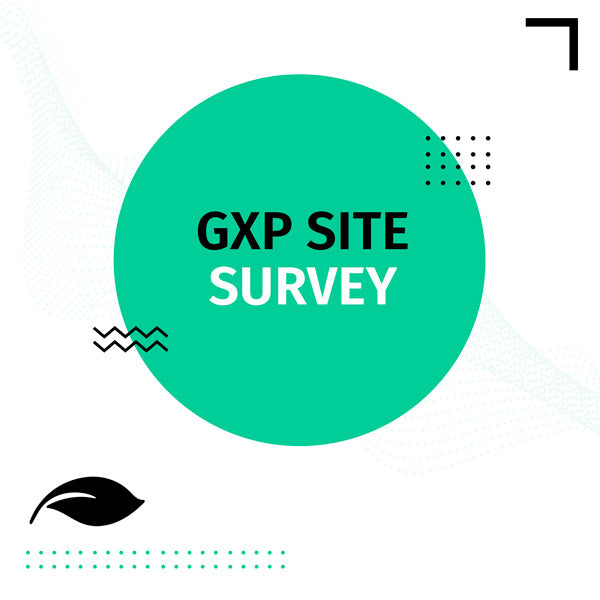reach your GxP requirements
The V-model
The V-model provides a logical sequence that helps to organize the complex activities of defining project scope, executing it, and qualifying it. The left arm of the “V” represents the planning/specification phases EUCA explores so that you may reach your GxP requirements.
Step 1 (URS): EUCA's team of GxP specialists assist you to establish your User Requirement Specifications with a free site survey, this will help you and EUCA identify the functional and technical requirements for your environment.
Step 2 (RA): We perform a Risk Assessment, this effort will identify negative events or risk factors that may cause a hazard to an environment or assets. Here-after judgments of the tolerability of the risk are analyzed where we record the result and can start to identify precautions while considering the influencing factors.
Step 3 (DQ): From there we produce strategies and solutions, a design qualification is formulated after full-scope assessment has been performed, the scope of work should be very clear and the detailed design is generated to fulfil and implement the features that were derived from the above steps for the successful qualification or validation of facilities, equipment, processes and fleets.

The bottom point of the V is the execution step of the project, while the right-hand edge of the V is where the commissioning and qualification testing of the installed system is performed.
Implementation Phase: At this point, we start placement, install and configuration of the data loggers which will be operating in your environment - Note that the Implementation Phase is the “turning point” of the V-model. At this point, all the tasks turn from the specification of what is supposed to happen to verification of what actually happens. It is critical that any RFI and As-built information is recorded and worked back into the detailed design documents! This means that details of what loggers or equipment have been installed relate back to the detailed design after confirmation.
Step 4 (IQ): The Installation Qualification is the first of the qualification protocols. The IQ ascertains and documents that the equipment that was ultimately installed is truly what was described by the design documents. It is often described as a “hands in the pocket” activity, in that no equipment is actually operated during IQ. Parts are listed and part numbers are verified off the original design drawings, as well as the equipment positioning/coordinates, a bill of materials and the like are complete and specified accordingly.
Step 5 (OQ): The Operation Qualification is the second qualification protocol that is executed, and is the start of our EUCA GxP Thermal Mapping procedure. During OQ the equipment is operated to demonstrate that the performance parameters of the various pieces of equipment conform to the design parameters that were originally specified. Things like temperature, humidity, flow, and pressure ranges are checked and verified. Accuracy and precision of these parameters and conformance to requirements are verified and documented. This can involve water batches, pilot runs, and not-for-production runs.
Step 6 (PQ): The Performance Qualification is where the final functionality of the equipment is truly verified, the quality of the product is compared to the product specs. Every element of the User Requirements Doc will be listed which is referenced by our PQ and Mapping procedures.
So why all the fuss?
1. The mission of the V-model is to impart a high degree of quality assurance in the development efforts for the design of automated systems and the connection of the associated software programming.
2. The goal of the guideline is to establish the roles and responsibilities of the involved parties and to create strong links between the project specifications and the validation/qualification testing done at the end of the project.




